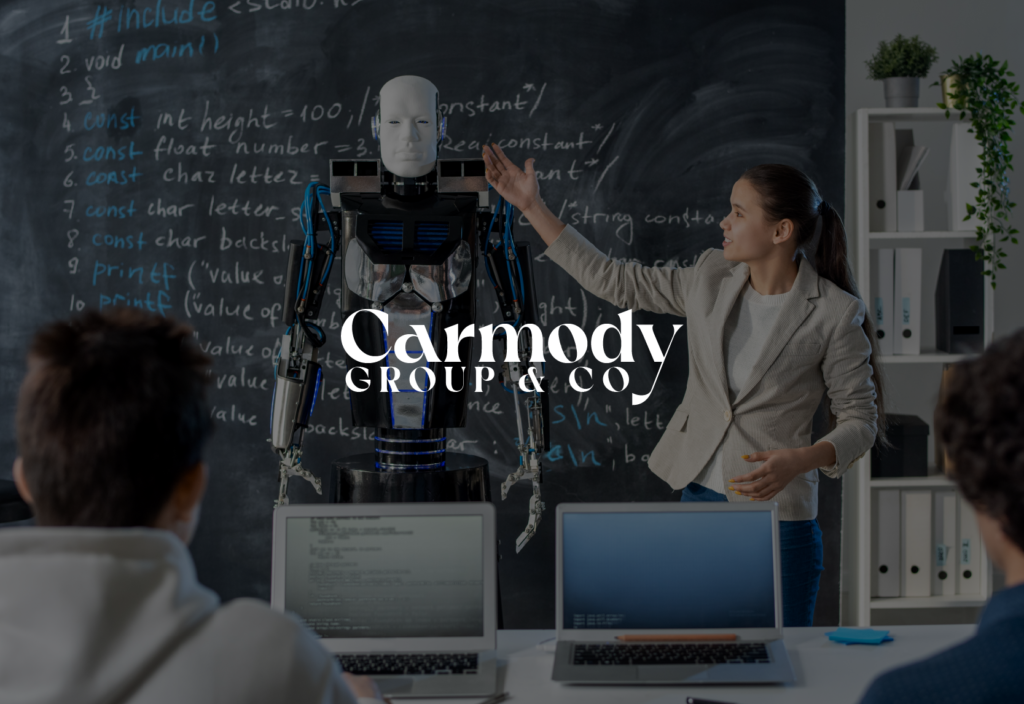Artificial intelligence (AI) is the technology that enables machines to perform tasks that normally require human intelligence, such as understanding language, recognising images, solving problems, and learning from data. AI has been advancing rapidly in recent years, and it has the potential to transform education for students and teachers alike.
AI can offer many benefits for learning and teaching, such as:
Personalised Learning: AI can help create customised learning paths for each student, based on their abilities, interests, goals, and preferences. AI can also provide adaptive feedback and guidance, as well as tailor the difficulty and pace of the content to suit the learner’s needs. For example, Knewton is an AI platform that uses data from millions of students to deliver personalised learning experiences across various subjects and levels.

Enhanced Engagement: AI can make learning more interactive and engaging, by using gamification, simulations, virtual reality, augmented reality, and chatbots. These technologies can create immersive and realistic learning environments, where students can practice skills, explore scenarios, and interact with characters. For example, Duolingo is a language learning app that uses AI to create fun and effective lessons, quizzes, and games for learners of different languages.
Improved Assessment: AI can help automate and improve the assessment of student learning outcomes, by using natural language processing, computer vision, speech recognition, and machine learning. These technologies can enable faster and more accurate grading of assignments, tests, essays, and projects. They can also provide detailed analytics and insights on student performance, progress, and areas for improvement. For example, Turnitin is an AI tool that helps teachers check the originality and quality of student writing, by comparing it with a large database of academic sources.
Empowered Teachers: AI can help teachers enhance their teaching practice and professional experience, by providing them with tools and resources to support their instruction, planning, collaboration, and development. AI can also help teachers save time and reduce workload, by automating administrative tasks, such as attendance tracking, scheduling, communication, and reporting. For example, Teacherly is an AI platform that helps teachers create lesson plans, share resources, collaborate with peers, and track student progress.
AI in education is not a replacement for human teachers or learners. Rather, it is a powerful ally that can complement and amplify human capabilities and creativity. By harnessing the potential of AI in education, we can create more inclusive, equitable, and quality learning opportunities for all.



